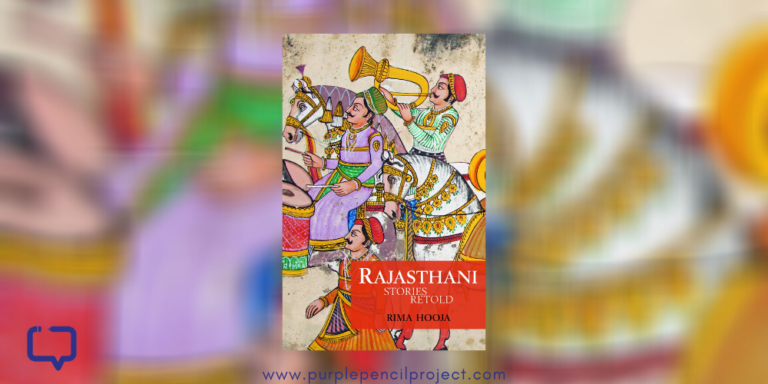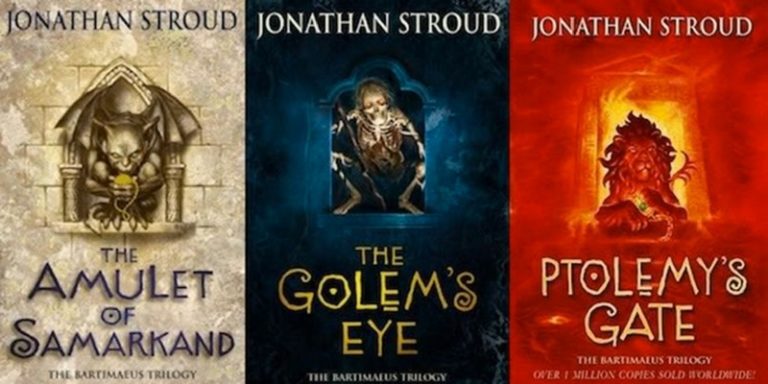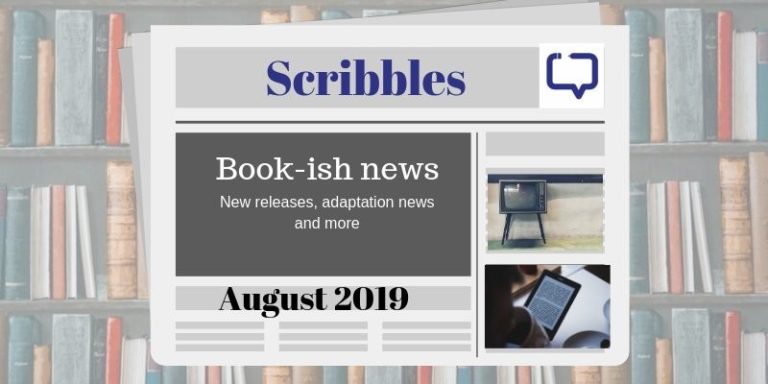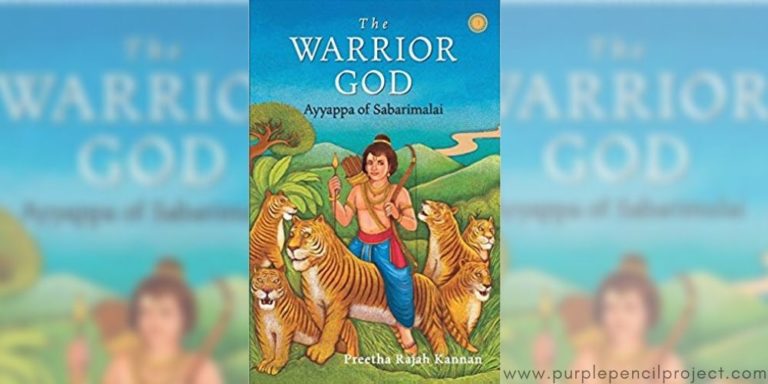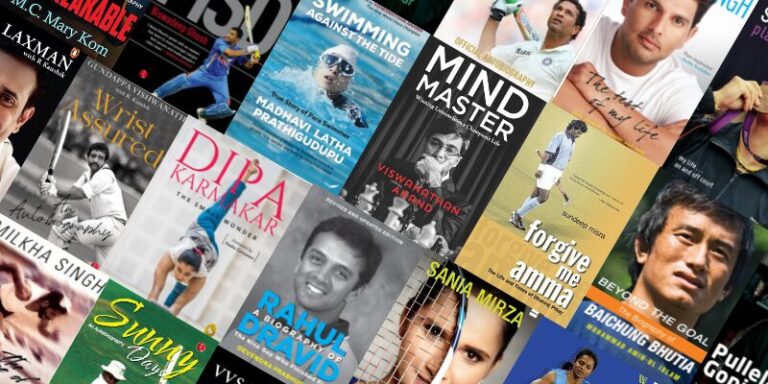Rhea Gangavkar reviews The Future in the Past: Essays & Reflections by Romila Thapar (Aleph Book Company, 2023)
Introduction
The Future in the Past brings us questions that historian Romila Thapar has been preoccupied with throughout her career. Written over the past 50 years, the book attempts to raise and answer questions about ancient Indian civilizations, the importance of museums, the perversion of culture by right-wing ideals, the history of women and the women of history, and the importance of dissent in a democracy, among many others.
We encourage you to buy books from a local bookstore. If that is not possible, please use the links on the page and support us. Thank you.
What is the book by Romila Thapar about?
The book is split into six sections: History, Contemporary Times, Epics, Renunciation and Dissent, Museums, and Education. It’s important to know that the essays that have been published here are updated and revised versions of the ones published in a magazine called Seminar, started by her brother Romesh and his wife Raj. She explains that:
“History is no longer the comfortable, colonial, laid-back 19th-century history that read as a string of ‘great men syndrome’ of kings and battles of territories won or lost”.
So then, what is history? This book of essays attempts to summarize and in the same breath amplify Thapar’s legacy as a custodian and columnist of Indian history from a socio-political, empirical lens. Romila Thapar has authored more than 30 books, all a successful attempt to document and understand the Indian past—but here, she weaves together these essays in a single narrative to understand their impact on the present, and ultimately on the future.
To comprehend the present and move towards the future requires an understanding of the past: an understanding that is sensitive, analytical, and open to critical enquiry.
The book cements its trajectory with this powerful first line and in the 20 essays spanning the six sections, Thapar reveals the disconnect between India’s past and its present and writes to reveal that history isn’t merely a connection of events. History is a continuous narrative—a continuous debate—that influences our present and consequently, our future. To me, it seems like the professor Emeritus at JNU tries to do a single thing in the entire collection—appeal to our sense of logic and rationality in trying to corroborate events, myths, and facts with each other to better understand where they fit, where we fit in this whole historical wheel-churning.
We traced the history of Indian Literature through decades: 1940s| 1950s | 1960s| 1970s
What to watch out for?
A section that struck me most of all these was the one about museums—a constant reminder of historical evolution. It evolved from being a collection of objects for artistic and sensory display to a container of identity for each time, and then subsequently, a ‘new institution reflecting new knowledge about the biography of environments and cultures’. They became a parallel object of study along with texts, a repeated practice of the verification of facts by archaeological and scientific methods. They became a vessel for the preservation of the past and reminders to go back to dispel myths and toxic beliefs that might ever plague a nation.
The French historian Fernand Braudel spoke of the three dimensions of time relevant to every historical event. These are, the moment when the event happens, then the broader context of the event, and finally the long duration – the many centuries that mold the landscape of the event. To this has been added the fourth, namely, the point in time when the observer perceives the object in a museum.
Throughout the book, Romila Thapar tries to uncover the details of the complex and layered past of India, lamenting the fact that right now History has become a distant cousin of its old self—a state-sponsored weapon of mobilization.
“Basic to the Hindutva interpretation of history is the attempt to give a single definition to Indian culture, the roots of which are said to lie in Vedic foundations. This annuls the notion of a multicultural society.”
She calls for a return to ethics, a return to tolerance, and inclusivity—something that the Indian culture stands for. Particularly striking is her take on the age-old ‘whataboutery’ custom – “Religion is the backbone of Indian society and important to bring a community together”. But Thapar challenges this notion and instead posits that there is a myriad of ways to organize a community and ‘therefore, the choice before us is not limited to the defining of a larger community only by a religious identity’.
A personal favourite that the professor touches upon is the distinction between the Mahabharata and the Ramayana. The former is called itihasa or history and the latter is called kavya or poem. Both are traditionally known as epics, but an epic is generally defined as a narrative to represent situations from the past and looks back in nostalgia ‘from the point in time when it is being composed and given a form which is its present’. Romila Thapar also posits that the Mahabharata is a reconstruction of a past—a perceived past—which is why it can be called itihasa purana.

Conclusion
To sum up, The Future in the Past is an outstanding work of delving into the historical past to unearth the present and the future. Although I am not an academic, I am fairly used to Romila Thapar’s style of writing to understand what narratives she talks about in the essays, but sitting with a pen and a Post-it notepad is always an exercise that doesn’t go to waste here because along with Thapar, the reader also uncovers the future of the past—in their own ways.
Favorite quote
A historical moment is never a static condition. It is constantly moving from the past into the present, anticipating the future.
Have you read this outstanding work delving into the historical past? What do you think of it? Drop a comment below and let us know!










